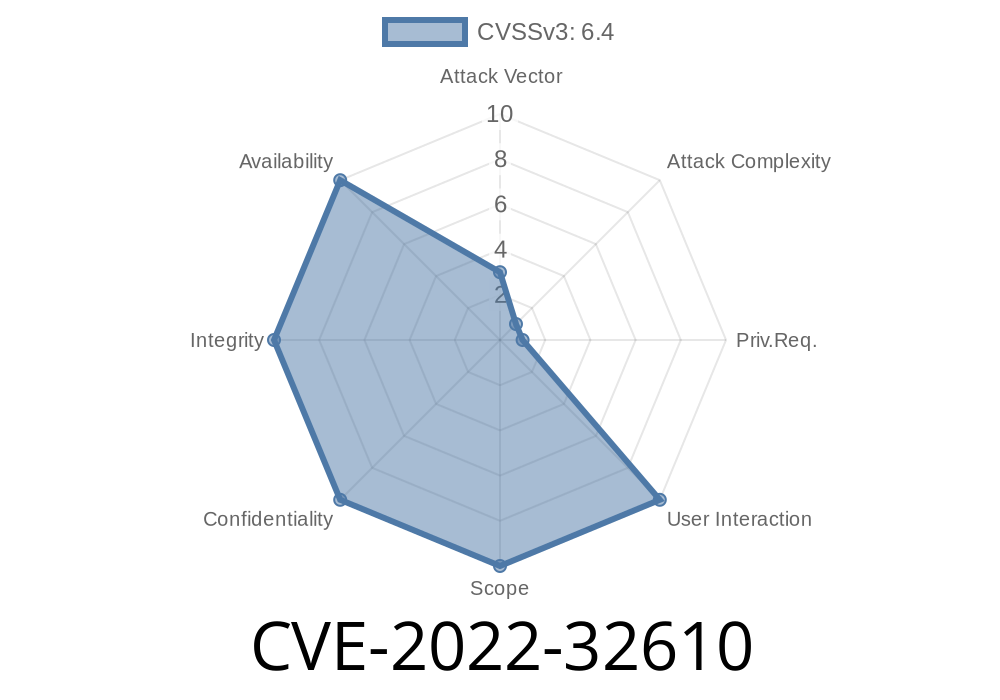CVE-2022-32610 details a vulnerability discovered in Video Control Unit (VCU), which can potentially lead to local escalation of privilege. In this article, we explore the specifics of this vulnerability and discuss how it could be exploited. We will also provide code snippets and reference links for those interested in further understanding the issue and its implications.
Background
A race condition occurs when the behavior of a system depends on the relative timing of events, such as the order in which threads are scheduled to run. In the case of CVE-2022-32610, a race condition in the VCU results in a possible use after free vulnerability.
This vulnerability can lead to local escalation of privilege, with System execution privileges needed for exploitation. Importantly, user interaction is not required for this vulnerability to be exploited, increasing the risk posed by this issue.
Original Reference: ALPS07203476
Issue Details
VCU is responsible for managing video control operations in the system. The use after free vulnerability occurs due to a race condition when multiple threads access a shared object without proper synchronization.
Here's a simplified code snippet illustrating the issue
// VCU - Video Control Unit
void video_control_function() {
...
shared_object *obj = get_shared_object();
// critical section without proper synchronization
if (obj->flag) {
free(obj);
obj = NULL;
} else {
obj->flag = 1;
}
...
}
In the code above, we can see that there is a shared object obj which is accessed by the video_control_function(). The race condition arises when multiple threads concurrently execute the video_control_function(), and one thread frees the object while another thread is still using it. This results in a use after free vulnerability.
Possible Exploitation
An attacker could exploit this vulnerability by creating a malicious application, which could trigger the race condition in the VCU. As user interaction is not required for this to occur, the attacker would simply need to get the victim to install the malicious application. Once the race condition is triggered and the escalation of privilege is achieved, the attacker's application would have System execution privileges, allowing it to perform actions that should not be permitted, such as accessing sensitive data or controlling other system components.
Mitigation
The mitigation for this vulnerability is to apply the patch provided by Patch ID ALPS07203476. The patch addresses the issue by enforcing proper synchronization in the critical section, thereby eliminating the race condition.
Conclusion
CVE-2022-32610 is a crucial vulnerability that affects the VCU, potentially leading to local escalation of privilege with System execution privileges. Exploitation of this vulnerability does not require user interaction, increasing its risk profile. Mitigating this vulnerability is crucial to maintaining system security, so be sure to apply the relevant patch as soon as possible.
Timeline
Published on: 11/08/2022 21:15:00 UTC
Last modified on: 11/10/2022 13:42:00 UTC
